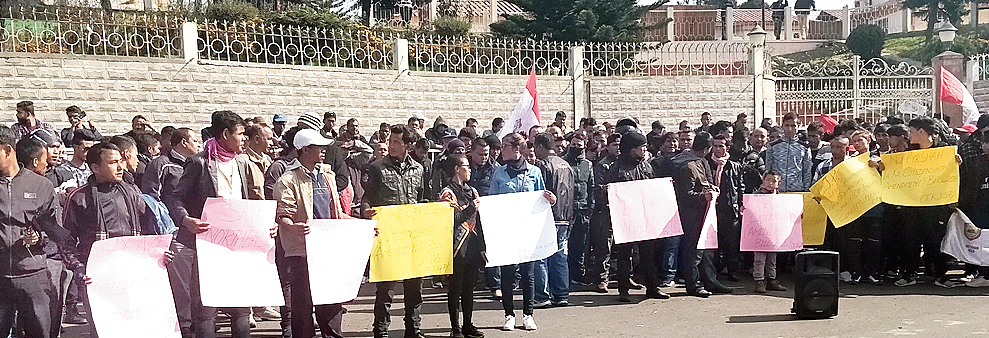On a wintry day of January 21, 1972, Meghalaya — the abode of clouds — came into being as a full-fledged state.
The birth of Meghalaya, first as an autonomous state in April 1970, was the result of the Hill State Movement.
The state government has planned several programmes to celebrate its 47th birthday on Monday which will continue till Republic Day.
Among others, chief minister Conrad K. Sangma will dedicate to the citizens the Chief Minister’s WhatsApp-based Public Grievance Redress Mechanism.
It was the decision of the then Assam chief minister, B.P. Chaliha to introduce the Official Language Bill in 1960, to make Assamese as the state or official language of the composite state of Assam, which led to the emergence of the All-Party Hill Leaders’ Conference.
This conference of leaders and volunteers spearheaded the Hill State Movement resulting in the creation of Meghalaya.
Chaliha’s bill was seen by the people from the hills as an attempt to assimilate them into the Assamese community.
Forty-seven years since that wintry day, Meghalaya and the Northeast are witnessing another mass movement — a movement to oppose the Citizenship (Amendment) Bill, 2019, which is seen by many as an instrument which would lead to the indigenous peoples of the region being outnumbered by “outsiders” in their own homeland.
Across the Northeast, several groups have risen up to oppose the bill, which the Centre is apparently keen to make it materialise. Earlier this month, the bill was passed by the Lok Sabha, but the NDA government could not place it in the Rajya Sabha for approval.
The fundamentally non-violent Hill State Movement in the 1960s and which continued till 1972, was unified by the phrase “No hill state, no rest”.
Currently, the popular banners of protest read: “Say NO to the Citizenship (Amendment) Bill”.
There is much to be seen as to what the NDA government would decide in the next few days ahead of the Lok Sabha elections of 2019.
Meghalaya has undoubtedly made progress although there are several issues which remain unattended to. First and foremost, it is the inter-state boundary dispute with Assam, which is unresolved for decades.
The rapid and haphazard urbanisation coupled with the rural migration to the urban centres have increased over the years, thereby putting a strain on urban resources. Better healthcare and educational services remain much to be desired in the rural areas.
Although highways have been developed, making travelling much easier, roads in several rural pockets have been left unattended.











